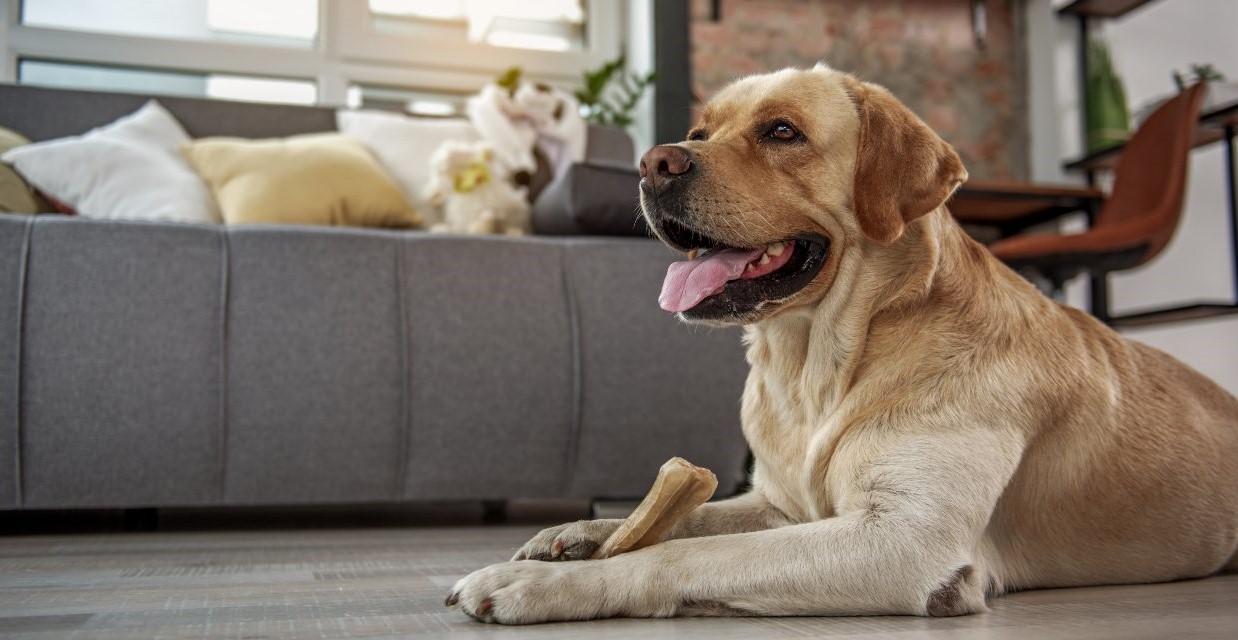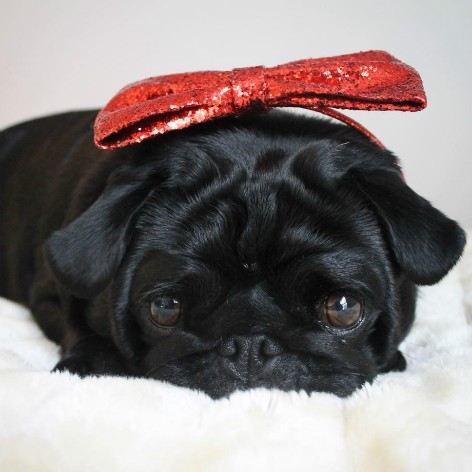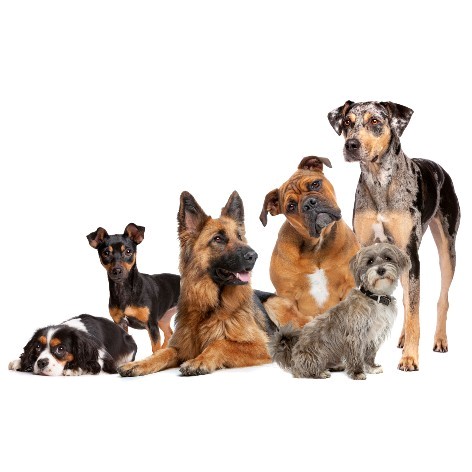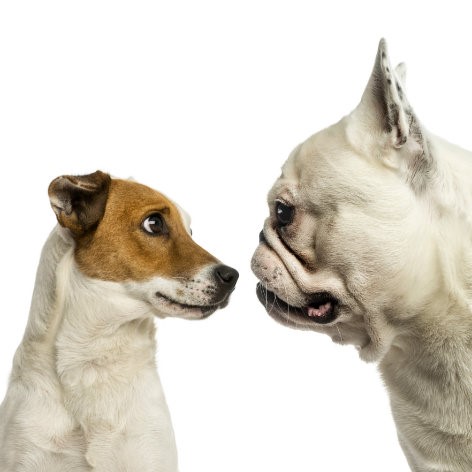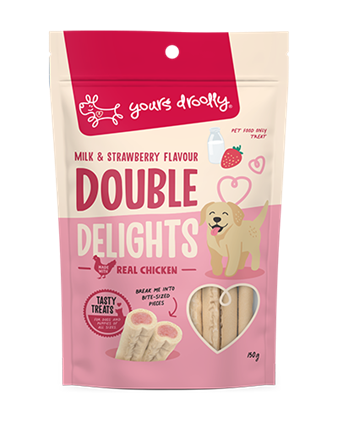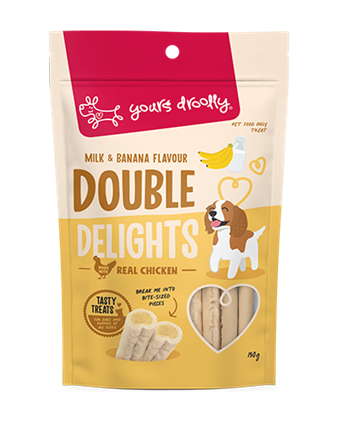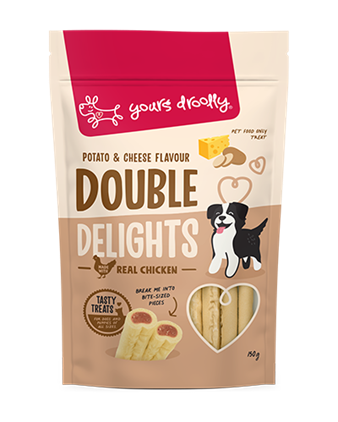We feed treats for many reasons, such as rewarding when training, to build a relationship with a gift to our dogs or in the case of rawhide, as a source of entertainment.
As they take some time to gnaw and chew and pull apart, rawhide dog treats are a perfect distraction from what we might see as more ‘destructive’ activities and can help us in occupying our dogs while we get on with other things.
The exercise that they get while consuming them is good for the teeth and gums.
Be sure to feed them after your pup has their adult teeth, and beware if your dog has dental issues, which becomes more common in older age.
It's important to remember that chewing is a natural and healthy behaviour for your pooch. So it’s important that we give them an option that we all find acceptable, and most importantly, something that is highly palatable and sought after by our best friends, allowing them to ‘do what they do’ with complete confidence.
We get many questions about rawhide chews & dog treats, and a few concerns about quality and safety. The below details should help answering these.
What is rawhide?
Rawhide is made from the skin of animals that many of us humans eat. It comes from similar beef or pork sources as the food you might buy for the two-legged members of your family.
As an animal by-product, it’s a great and sustainable way that we can use the ‘extras’ from the human food chain to feed and entertain our dogs.
Not only the texture, but the smell and taste is naturally appealing to most dogs, and for this reason it is commonly used to create dog treats and chews.
How are rawhide treats made?
Creating a delicious edible chew treat like a rawhide is a multi-step process, using a number of safe, non-toxic and edible processing aids. No bleach, formaldehyde, or arsenic are used. Steps include a salt water bath – which stops bacterial growth from occurring – followed by a series of washing steps, meaning that a safe, quality treat is produced.
All of our rawhide treats are cut and then either machine pressed, or hand-rolled and knotted. Or if you're interested - this toy has rings of rawhide for extra fun.
The rawhides are allowed to air-dry, before they are oven-dried and packed.
All of our rawhide treats are manufactured under very strict quality control measures, to ensure pets are only fed the best. To enable that, all our products undergo rigorous inspection by our Quality Control team, and we also undertake
regular independent auditing of all our facilities.
Choosing the right Rawhide Treat for your Dog
When selecting a rawhide, like any treat or toy, the most important thing is choosing one that’s an appropriate size. The rawhide should always be larger than your dog’s mouth, so they are not able to swallow it whole without chewing. Your pet should always be supervised while eating it, and any pieces that your dog is likely to swallow without proper chewing should be removed.
If your pet does swallow a portion of their rawhide, be assured that it's digestible. Studies demonstrate that with time, they're effectively broken down by your dog's digestive juices and normal gut function.
I’ve heard rawhide treats use glue to hold them together, is this true?
We would never use glue or anything unsafe for pets in our treat products. Our rawhides are cut to shape, then either pressed, rolled or knotted by hand while still wet. They are then allowed to air dry, before being gently oven dried.
This process creates rawhide treats which hold their shape naturally, without the need of any adhesives.
Do you use artificial colours with your rawhide treats?
The hides will change colours as they go through the washing process, but we don’t alter the colour artificially with dyes or colourants. This results in the natural and varied colour you will see in our rawhide treat products.
Do you use toxic chemicals when making your rawhides?
No, we don’t. There is speculation that they require treatments involving bleach, formaldehyde or arsenic - but these are not true. We also require that all our products are tested and free of heavy metals.
Can dogs get ‘blocked’ eating rawhides?
The risk of obstruction is present for many treats and toys, which is why supervision of your pet while chewing is so important. Very rarely, issues can arise with rawhide treats if the pet swallows a large piece which is small enough to exit the stomach, but too large to transit through the intestinal tract, leading to an obstruction. Given the high digestibility of rawhide treats this occurs very rarely, as in most cases the rawhide will pass through and be digested without incident.


